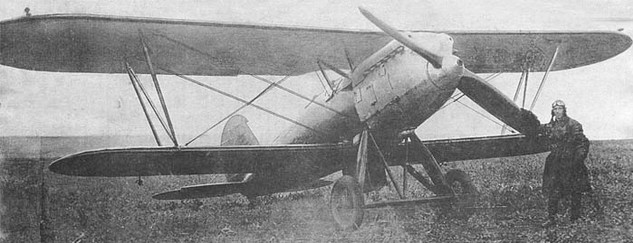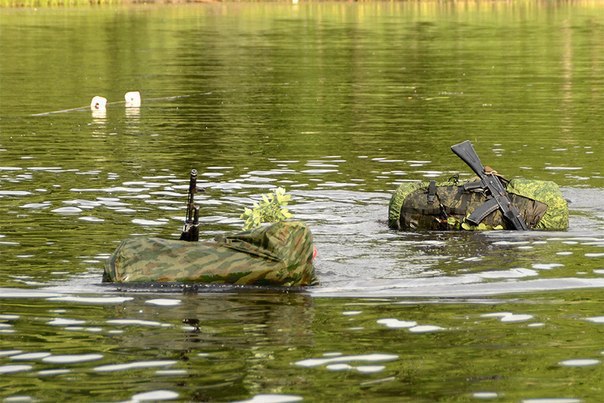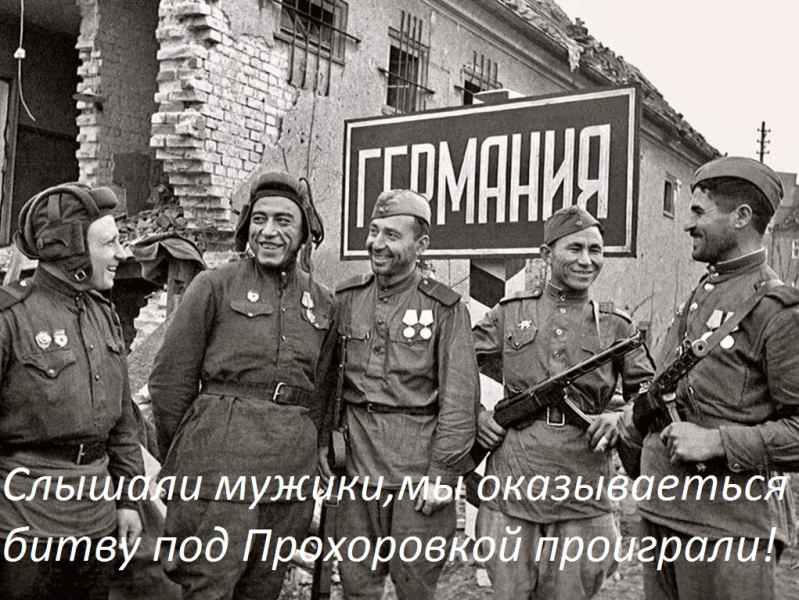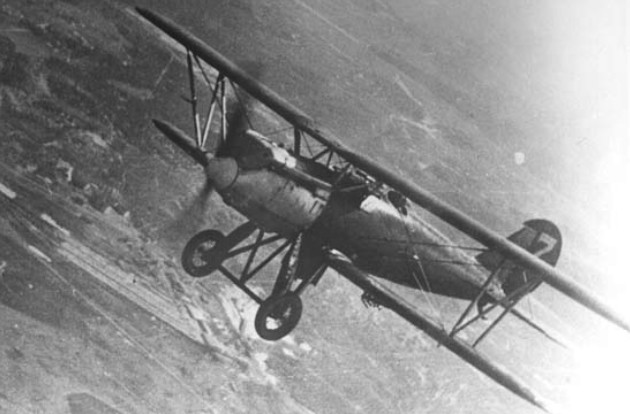
After the crash with double fighter 2IN-1 NN. CDB Polikarpov was assigned a new task for the development of two fighters: double and single. But soon the Air Force leadership formed an opinion about the futility doubles fighters, but with the change in requirements for new developments all the work in the CDB were discontinued.
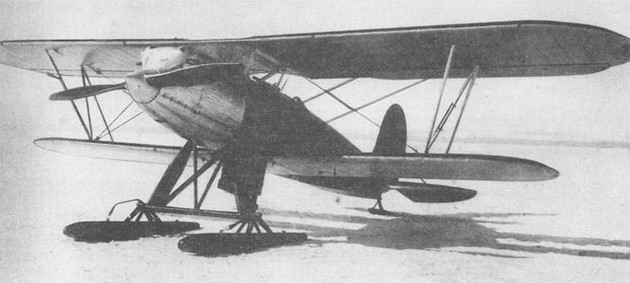
Aware of the needs of the Air Force, Aviatresta leadership fit into CDB plan design single-seat fighter and-3 with the engine "Tornado". 7 September 1926 g. a meeting of representatives of the Air Force, NTK, Research Institute, CDB headed by NN. Polikarpov (who was a member airborne STC section) on the harmonization of technical requirements for the new fighter. After heated debate, the main points of the requirements have been approved. Polikarpov, on behalf of the Central Clinical Hospital refused to guarantee their implementation, since many of the characteristics have not been confirmed by calculations. Nevertheless NN. Polikarpov was forced to start work on the creation of a fighter. By mid-October, a preliminary draft project was prepared. Estimated flight characteristics so dramatically different from the STC requirements, Polikarpov that found it necessary to inform the leadership Aviatresta, Air Force Command and the STC of the impossibility to perform a task.
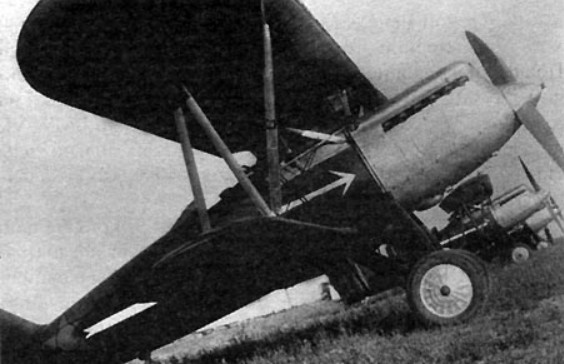
scheduled scandal, because what is happening cast a shadow on NTC leadership competence. To verify the calculations and to overcome differences 18 October 1926 g. NTC convened a meeting of representatives of the Air Force and CDB. Agreeing with the findings Polikarpov, the meeting proposed to work out new ways of conceptual design. The project was designed in two embodiments,: cheap in manufacture and polutoraplana biplane with higher data. several variants of fighter was designed with different engines: FROM RTZ with the engine "Tornado", I-3 with the BMW engine-VI, I-3 with the engine M-13. When the report of the Technical Council of the CDB was noted, that none of the above is not a modern engines to be installed on fighter, because they have a lot of weight and dimensions.
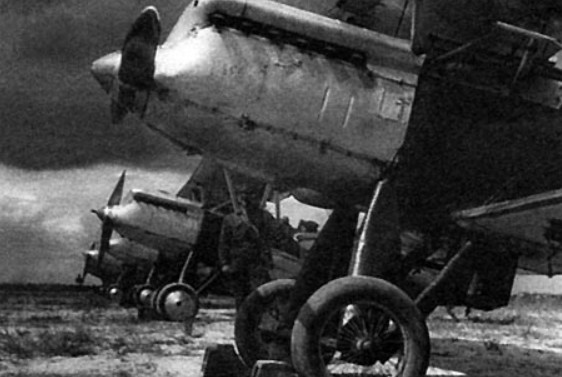
In February 1927 g. NTK special commission finally approved the preliminary design of a fighter I-3 with an engine BMW-VI. The license for this engine was bought in October 1927 city, and it was put into production in Rybinsk under the designation M-17. In May, the layout of the aircraft has been approved, and began manufacturing the first sample. I-3 is a biplane odnostoechny, mainly wooden structure. The aircraft has a very clean aerodynamic shape. Because of the relatively large weight of the engine and the weight-3 significantly greater than the weight of other domestic fighters in those years. 21 February 1928 g. prototype I-3 made its maiden flight, I drove the car test pilot MM. thunders. During the tests, the aircraft showed the largest for Russian fighters of the speed of time - 290 kmh. Serial production was started at the plant number 1.
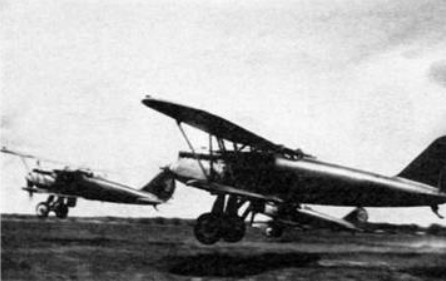
aircraft production unfolded relatively slowly, and supply in terms of the Air Force because of defects occurred more slowly. All were released 399 machines. The first fighters began to enter the army at the end of 1929 g. In parts of the operation of fighter had some suggestions to improve the machine. for example, elevators got horny compensation, and then a new horizontal tail. On the basis of the plane I-3 we created a few modifications, it was primarily due to the installation of new engines. One of these modifications - double version of the D-2. In their flight data, it was not inferior to most modern single-seat fighters. In August 1930 g. D-2 plane crashed, and his work was stopped, although it was decided to run the machine in production.
The performance characteristics of the fighter I-3
– chief designer: N, N-. Polikarpov
– First flight: 21 February 1928 of the year
– End of operation: 1931 year
– units produced: 399
The crew of the fighter I-3
– 1 people.
fighter-size and 3
– Length: 8,08 m
– Height: 3,5 m
– Wingspan: 11 m
– wing area: 27,85 m²
– Wing loading: 67,4 kg / m
Weight fighter I-3
– empty weight: 1400 kg
– Curb weight: 1863 kg (modification 1846 kg)
engine fighter I-3
– M-17 water cooling capacity 500 HP. (modification 750 HP. / 552 kW)
– thrust-to-weight ratio: 294 W / kg
– Mass fuel in internal tanks: 210 kg
fighter speed and 3
– full speed: 278 km / h at sea level
– Climb up to an altitude 1000 m: 1,8 min.
– Rate of climb up to an altitude 5000 m: 12,6 min.
– landing speed: 100 kmh
– The length of the run: 150 m
– path length: 250 m
Flight range fighter I-3
– 585 km
Practical ceiling fighter I-3
– 7200 m
Armament fighters I-3
– machine-gun armament, standard: 2 x 7.62-mm machinegun PV-1
– bomb-load: bomb consisted not in service. On separate machines - two 25 pound bomb bomb racks on the outer short wing on the lower plane.
Photo Fighter I-3
